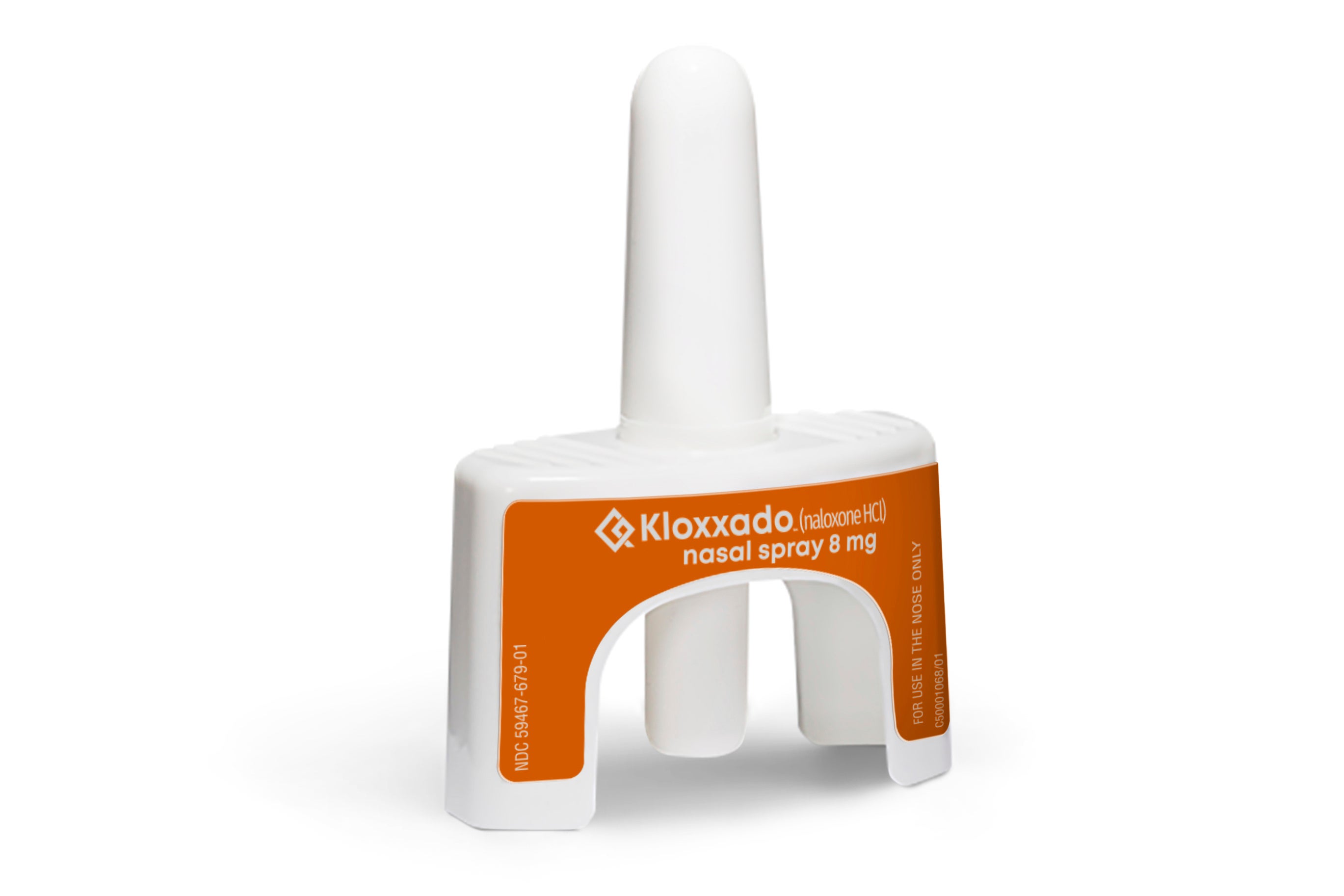Higher-dose naloxone spray didn't save more lives, researchers find
A study finds that a new, higher-dose nasal spray for reversing opioid overdoses didn't save more lives than the standard dose

A new, higher-dose nasal spray for reversing opioid overdoses did not save more lives than the previous standard dose, but it did cause more vomiting and other side effects, researchers wrote in a study published Thursday.
The 8-milligram naloxone spray — twice as potent as the highest dose previously available — was approved two years ago after pressure from experts and patient advocates who noted lower-dose antidotes often were being given multiple times to people suffering overdoses.
The new study, which was limited to more rural parts of New York state, is being called the first to provide real-world data on the differences between the two sprays. The paper was published by the Centers for Disease Control and Prevention, but the federal health agency was not involved in the research.
The higher-dose “did not provide added benefit,” the authors wrote.
"What was really remarkable was the survival was the same, but the amount of withdrawal symptoms was significantly larger in the people that got the 8-milligram dose," said one of the authors, Dr. Michael Dailey of Albany Medical College.
Dailey said the study did not lead him to endorse one product over another. But, he said, “its important for us to recognize that the potential for increased side effects is real.”
The researchers worked with the New York State Police, who respond to emergencies along highways and in rural areas.
Three troops in eastern New York were given 8-milligram sprays. Eight troops based further away from Albany were stocked with 4-milligram doses. The study results were based on 354 instances in which troopers administered naloxone sprays from late March 2022 to mid-August 2023.
In cases where overdose patients were still alive when troopers arrived, 99% survived after getting naloxone, no matter which dose was given.
People who got 4-milligram sprays usually got more than one dose — 1.67 doses on average, equivalent to 6.7 milligrams. But so too did those treated with the 8-milligram sprays, who got 1.58 doses, or 12.6 milligrams, on average.
In both groups, disorientation and lethargy were common when people came to.
But other problems were significantly more common in the patients who got the higher-dose sprays. About 38% experienced signs and symptoms of withdrawal, including vomiting, abdominal pain, sweating, shaking and diarrhea. Only 19% of those getting the lower dose had those problems, the study found.
___
The Associated Press Health and Science Department receives support from the Howard Hughes Medical Institute’s Science and Educational Media Group. The AP is solely responsible for all content.
Subscribe to Independent Premium to bookmark this article
Want to bookmark your favourite articles and stories to read or reference later? Start your Independent Premium subscription today.
